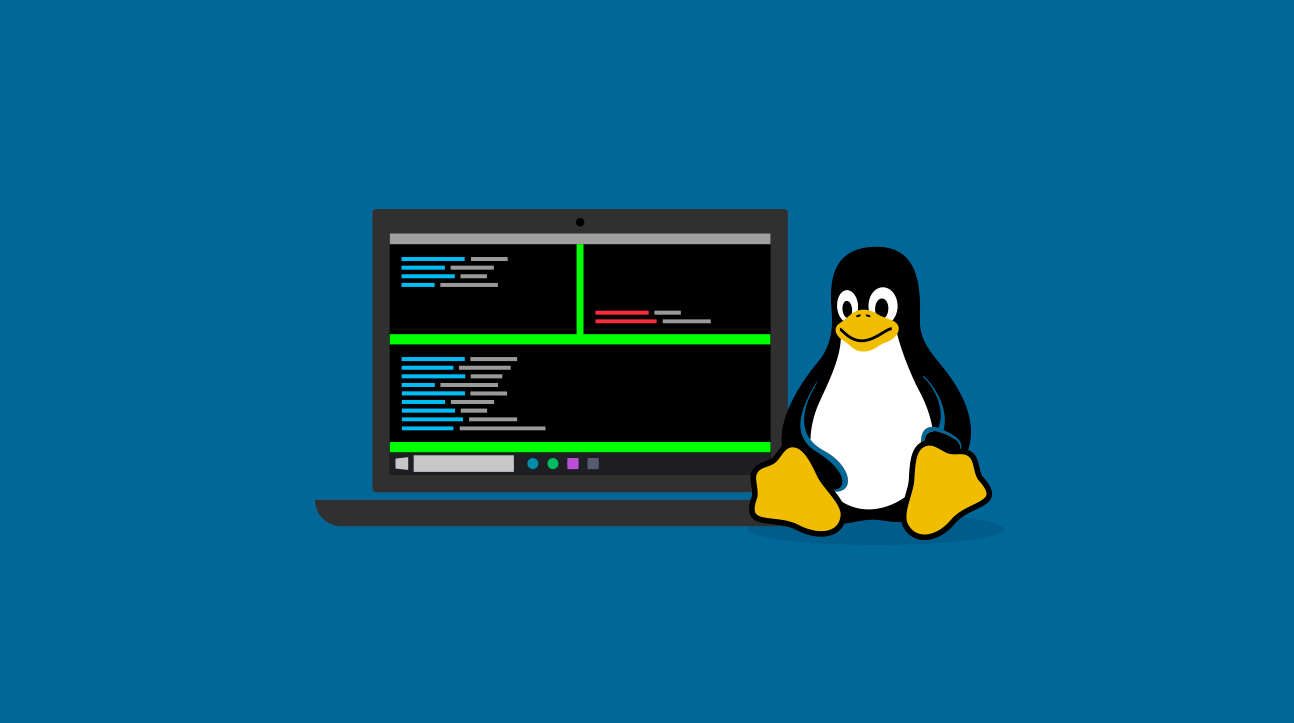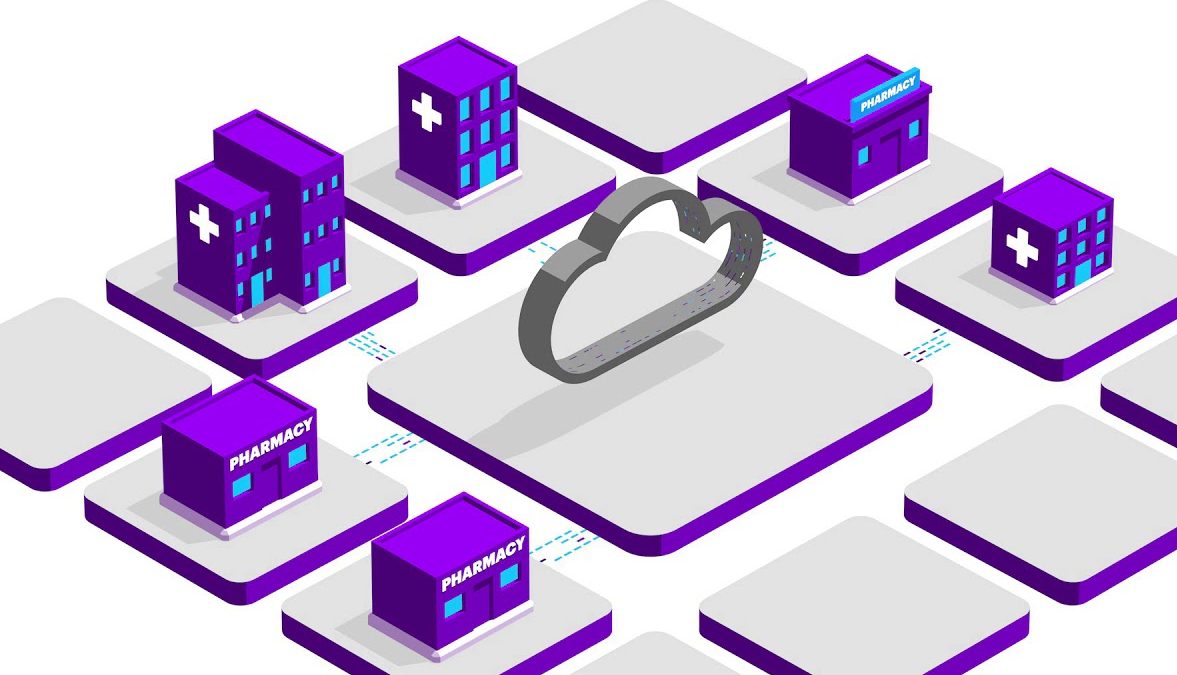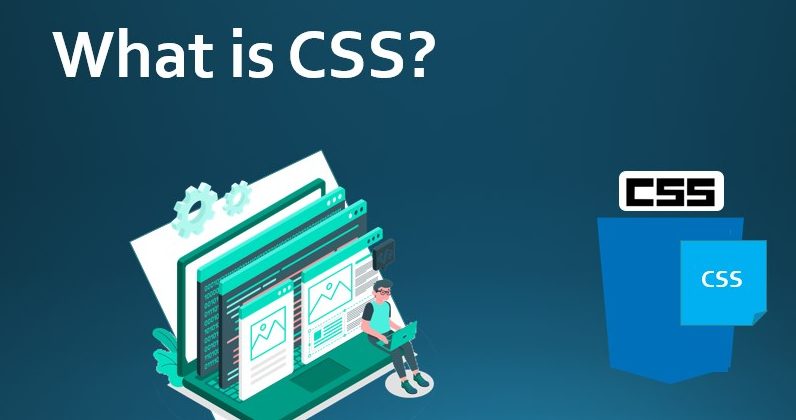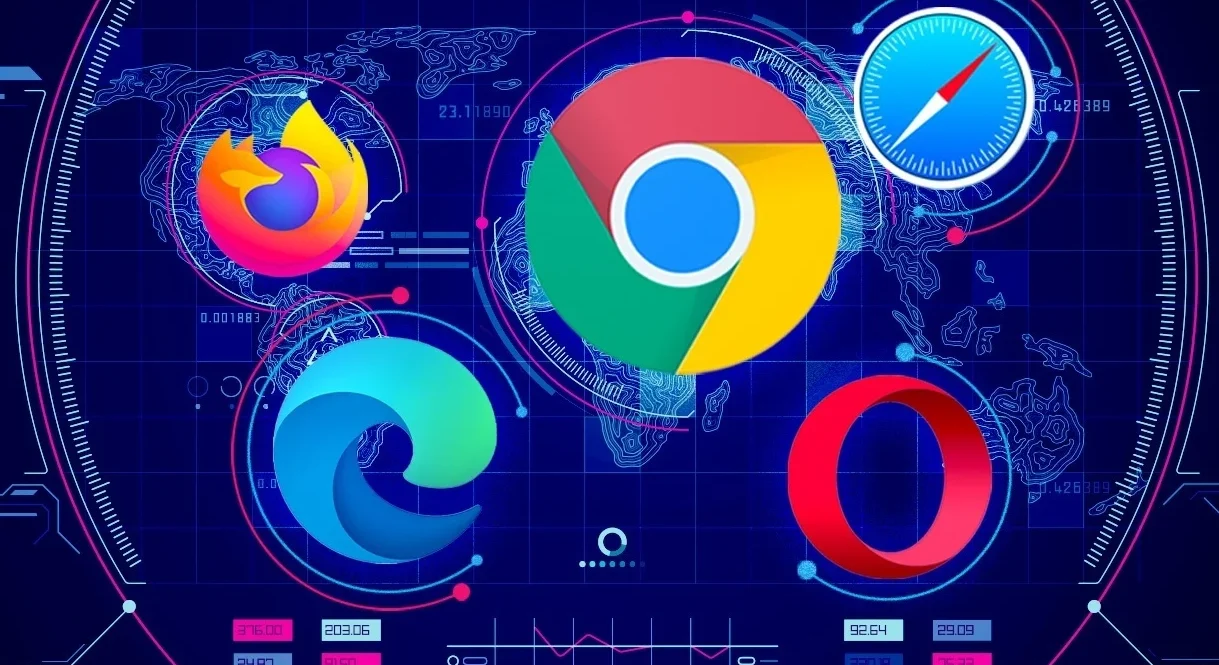The first computers appeared in the middle of the 20th century and were extremely bulky equipment, occupying entire buildings. At the same time, they were difficult to use, as they had specific operating systems that could not be used on other computers. This problem worsened with the increase in the number of computers, the need arose for a common operating system, known to all programmers and easy to install on any computer.
It was called Unix, but it failed to establish itself outside of academia. The next step was taken in 1991 by Linus Torvalds, who managed to create his own version of the Unix system, which was later called Linux.
In the following article you will discover how Linux appeared, what are its advantages, what technologies can benefit from this operating system and you will discover which are the main Linux distributions.
1. How Linux Appeared – Brief History
The foundations of the Linux operating system were laid in 1969, when a team of American programmers created software that could be applied to any computer. It was written using the C programming language and was called Unix. A part of the code, called “kernel”, was used for the development of operating systems, intended for mass users.
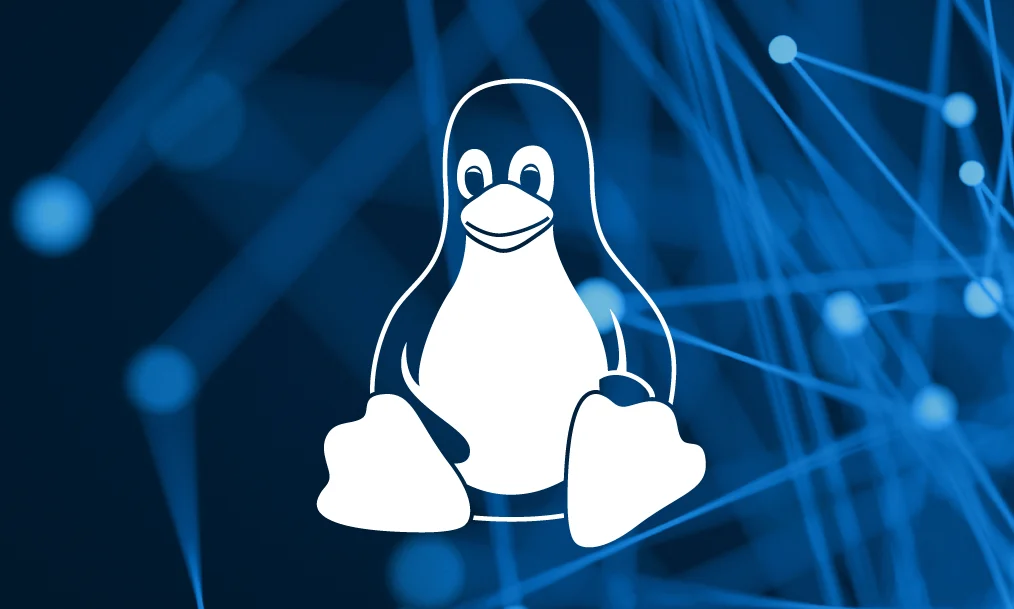
In the 1980s, because Unix was an open source program, all kinds of dialects popped up, again complicating the use of computers. An attempt at standardization was made by an American researcher, Richard Stallman, who, wanting to transform Unix into an easy-to-manage operating system, developed a project called “GNU”, which unfortunately failed to establish itself.
In 1991, a Finnish student named Linus Torvald created a custom form of Unix for the personal computer, using Richard Stallman’s project as a basis. Along with him, a team of enthusiasts quickly appeared, adding all kinds of accessibility to the kernel, allowing it to be released under the name of Linux to users around the world in 1992. Before long, Linux began to be preferred worldwide, in particular for the fact that it is free and can be customized as desired.
2. The advantages of Linux
Linux looks like an operating system, but in fact it is a kernel that ensures the connection between hardware and software. Although not as well known as other commercial operating systems, Linux still has many dedicated fans who take full advantage of its many advantages.
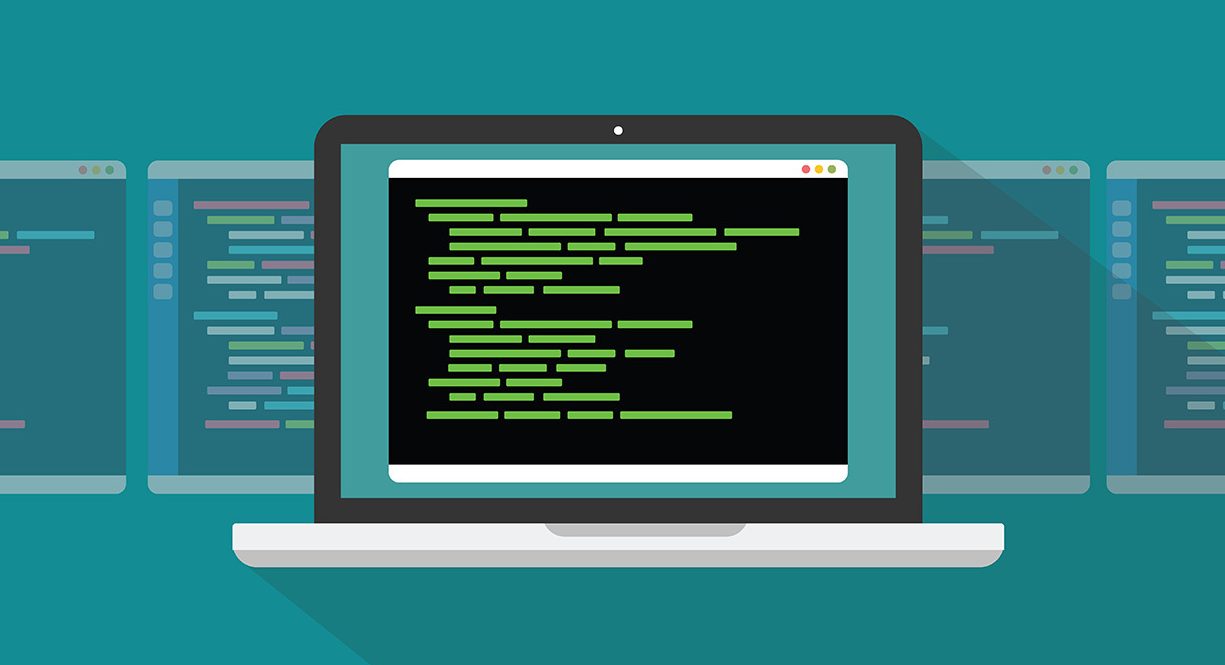
3. What are the main advantages of the Linux system
It is true that Linux is not suitable for all users, but in certain cases, it does its job much better and more efficiently than any other solution. The advantages are obvious for people who have some knowledge in the field of computing and computer technology:
It is an open source program, which means that anyone can easily download it and modify it according to their own wishes. The distribution and improvement of the code is encouraged as a solution to the appearance of programs with better performance;
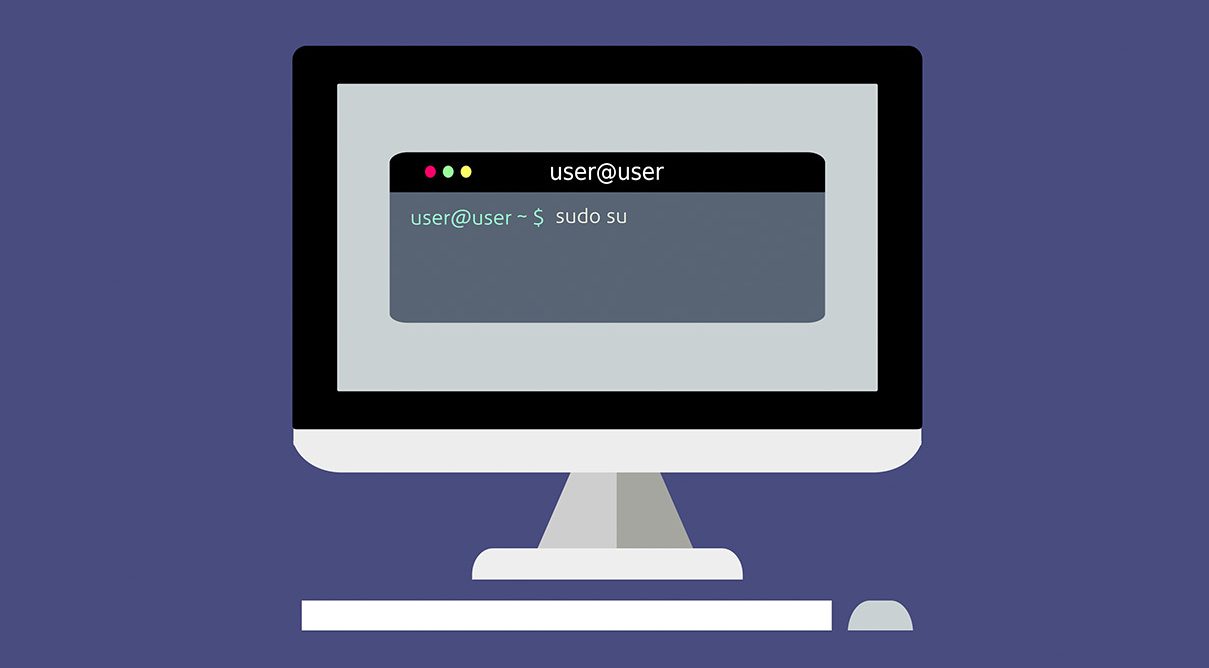
Linux has better security than other operating systems, because there must be the authorization of an administrator to install any application, in this way, a virus cannot penetrate without the administrator providing the system password. Proof of this ability is the fact that the Linux operating system does not require the existence of an antivirus program;
Linux is free. A license is not mandatory for its use, as in the case of other operating systems, which can be used by paying some sums of money;
It has small dimensions and requires little hard disk space. It works great, even with only 128MB RAM, which means it can be installed on almost any device, be it a laptop, desktop, phone or tablet;
Linux is more stable than any other operating system. It hardly ever crashes and apps running at the same time don’t slow it down;
It is very efficient in terms of network management and allows the connection of a large number of users, without compromising performance;
The Linux operating system is flexible, and can be installed on any system (computers, servers, embedded systems);
Updates are done directly by the user who can choose what is necessary and forgo what would load the system unnecessarily. Its installation is very simple and problems will never appear, as in the case of other operating systems;
There are many free or purchasable distributions that can be very easily downloaded and used as needed. Among the most famous are Ubuntu, Fedora, Linux Mint and Debian;
Linux distributions often have the Live USB option, which means that a user can test the operating system on their device before installing it;
Although this system is based on line commands, it also has a graphical interface, which makes it easy to use. Even people who are not knowledgeable in the field of computers can do it simply and efficiently;
It is compatible with most programming languages, so it is suitable for programmers who want to create something new;
The Linux user community is large and always ready to help beginners. Tips are available from some sources, such as forums or videos on streaming sites;
Linux does not require the introduction of private data, as in the case of other operating systems, so it is preferred by those who want their identification data to remain anonymous;
It supports files of almost any format and therefore the compatibility problem will not arise;
It is installed easily and quickly, without the intervention of the interested party (perhaps only at certain times, for slightly more complex processes, in case a tutorial is not enough);
It is suitable for multitasking work, because the speed of the systems is not influenced by the number of applications open at the same time;
It is easy to learn, because it does not require the existence of very rich prior knowledge in the field of computing.
4. Technologies that take advantage of the advantages of the Linux operating system
The advantages of the Linux operating system have been recognized by many developers who have agreed to incorporate it into various products offered to customers. Although most people don’t know this, they are certainly using products that have built in this kind of kernel:
Many of the mobile phones (those with the Android operating system) are based on Linux, this system being small, stable, free and easy to incorporate;
Most web servers are of the Linux type, in this case using a special distribution called Apache;
Networks (routers, modems) work almost entirely on the basis of this operating system;
Smart TVs are based on Linux distribution-type operating systems;
Most industrial robots and intelligent machines in factories have Linux as a component;
Laptops and desktop computers are often sold with the Linux operating system pre-installed.
5. The main distributions of the Linux system
The initial version comes in full form and is used as a specific operating system. However, users are free to take over the source kernel and modify it as they wish, adding or removing components. As a result of these efforts, “dialects” of Linux exist, known, in specialized parlance, as distributions. They appeared over time either through the efforts of companies, such as Fedora, Suse, or Ubuntu, or through the work of volunteer communities, such as Debian or Gentoo. Most of them are still free, but there are also some, especially those intended for servers, that require obtaining a license before use.
Most versions of Linux have a common graphical interface, easily recognizable by Windows users. Currently, hundreds of such distributions can be used, some known to most people, and others with a niche target. There are also Linux distributions with Romanian contributions, such as Redcore or AcademiX.
6. Ubuntu Linux Distribution
Ubuntu is the best-known version of Linux, developed by the software company Canonical Ltd. The owner of this company sponsored the creation of the distribution with his own money and offered it free of charge to all comers.
Ubuntu can be successfully used to replace Windows on old or new laptops or desktops, because it has a similar graphical interface and even offers applications that can successfully replace programs from other operating systems.
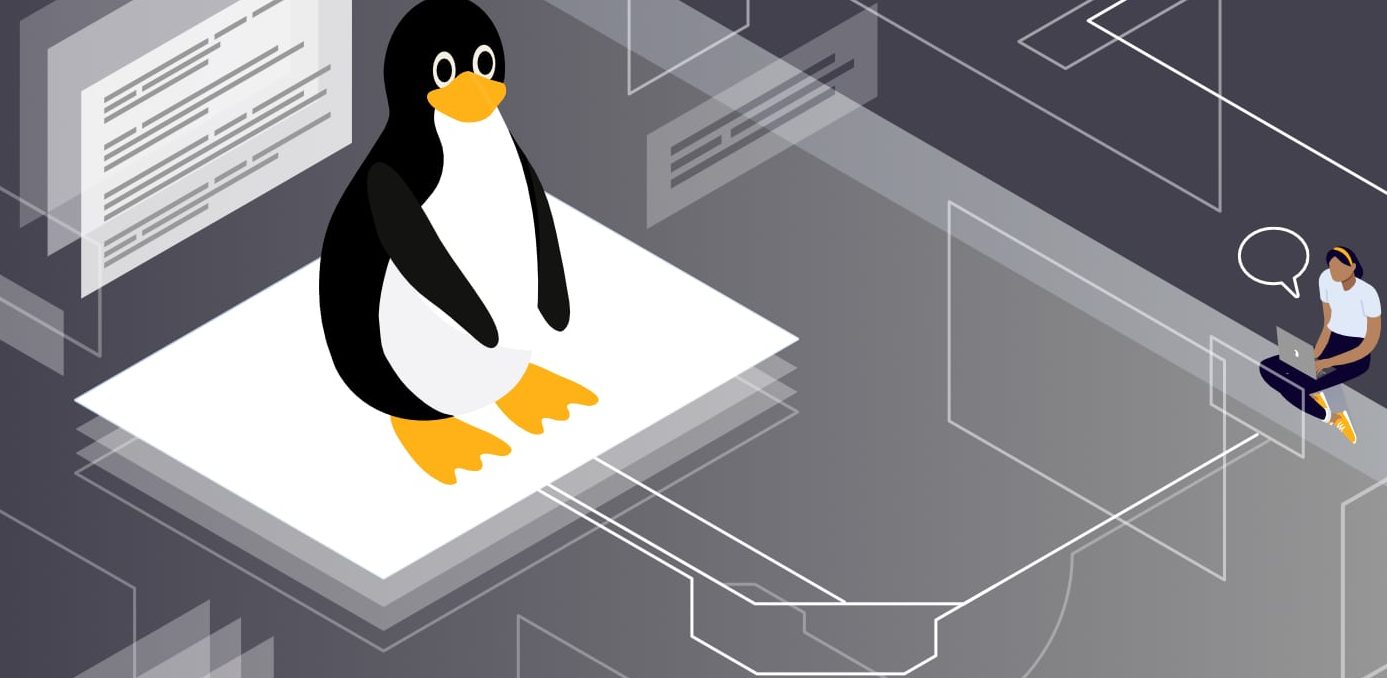
Installing the Ubuntu operating system is easy, as it is free to download from the Internet and is available in Romanian, with easy-to-follow instructions. Those who want a server version can easily download it.
The advantages of the Linux Ubuntu distribution, in addition to being free, are represented by the minimum system requirements (256 MB of RAM and 3 GB of free space on the hard drive or SSD), ease of use, stability and greater security.
7. Kali Linux Distribution
Kali Linux is a distribution made especially for testing the security of systems and it was created so that programmers can discover vulnerabilities in their programs. It includes many security applications.
8. CentOS Linux Distribution
The CentOS Linux distribution is the free version of the commercial version of Red Hat Enterprise Linux and is specially designed for equipping servers. This free version comes with all the toolsets like the paid version, but does not benefit from the company’s commercial and technical support. Therefore, it is especially approved by non-commercial users, who want to create a server to solve their own problems.
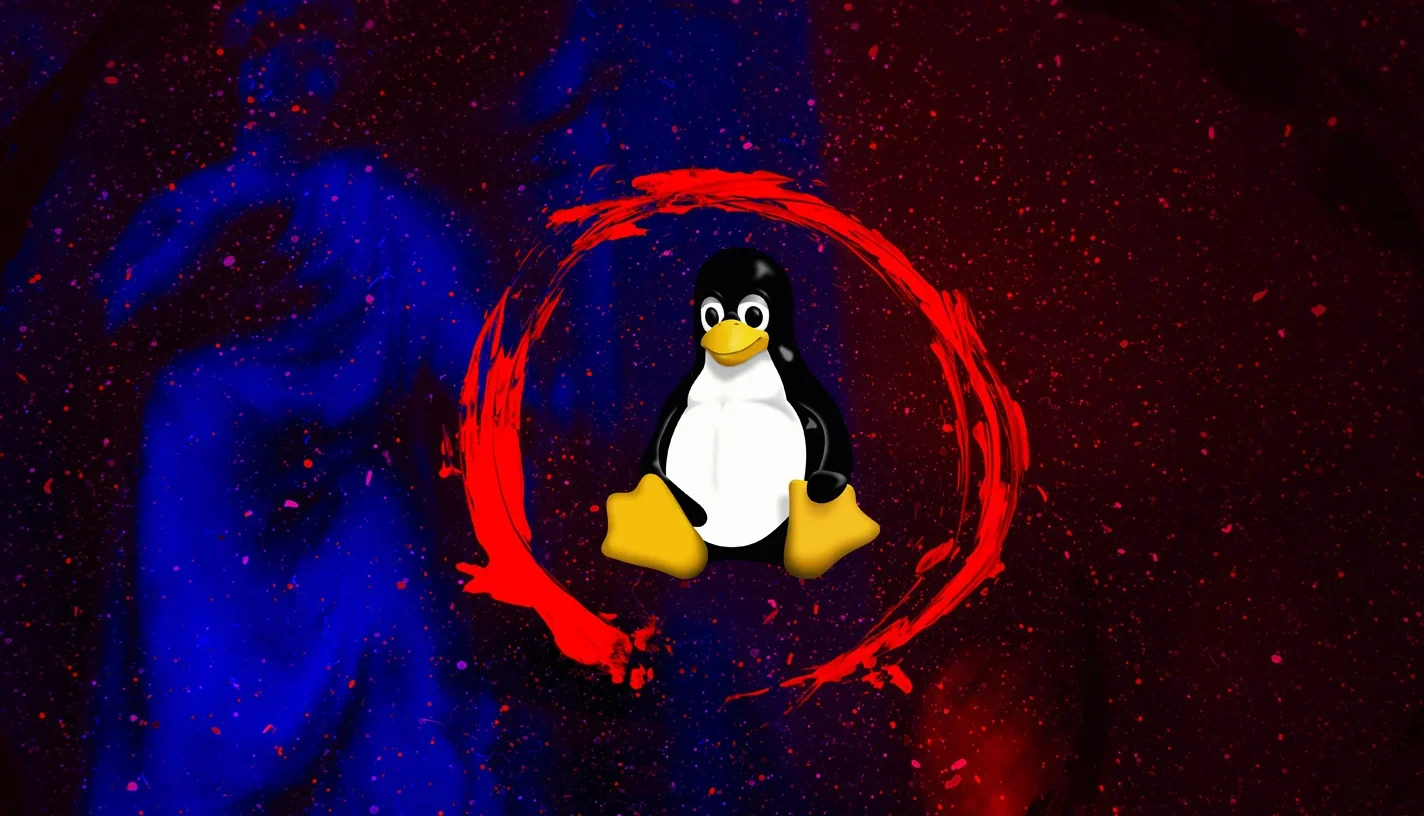
9. Linux Distribution for Android
The Android operating system, so familiar to mobile phone owners, is based on a Linux kernel, modified to suit needs. The Google company developed this system in 2007 and used it to obtain a flexible OS (operating system) with great possibilities of updating. Android is not always a Linux distribution, because it does not fully use the kernel, especially the GNU libraries, which are available in all other Linux distributions.
10. Linux MX Distribution
This distribution has been increasingly installed in recent years, due to the fact that the interface is very similar to that of Windows, it does not have high hardware requirements, and it has a large number of applications that can be used in any field. It never fails, which makes it desirable for people who use computers for productivity, where such a failure could mean the loss of tens of hours of work.
11. Debian Linux Distribution
It is an old distribution, created by a community of enthusiasts, who wanted to offer a very efficient and stable operating system for free. Debian’s strong point is the huge community of users willing at any time to help for free those who encounter problems or even those who want to learn more about the possibilities of customizing and updating the system.
12. Fedora 33 Linux Distribution
The Fedora 33 distribution is preferred by those who want to benefit from the introduction of the latest technologies in this field. The Linux community uses this distribution to test new solutions that lead to visible improvements. Fedora 33 has, from this point of view, the possibility of maximizing the performance of a system, even if it benefits from outdated hardware.
In conclusion, the Linux operating system, although it does not have a very long history, is present in billions of devices, being preferred for being free, stable, efficient and for having multiple possibilities for customization and updating.
